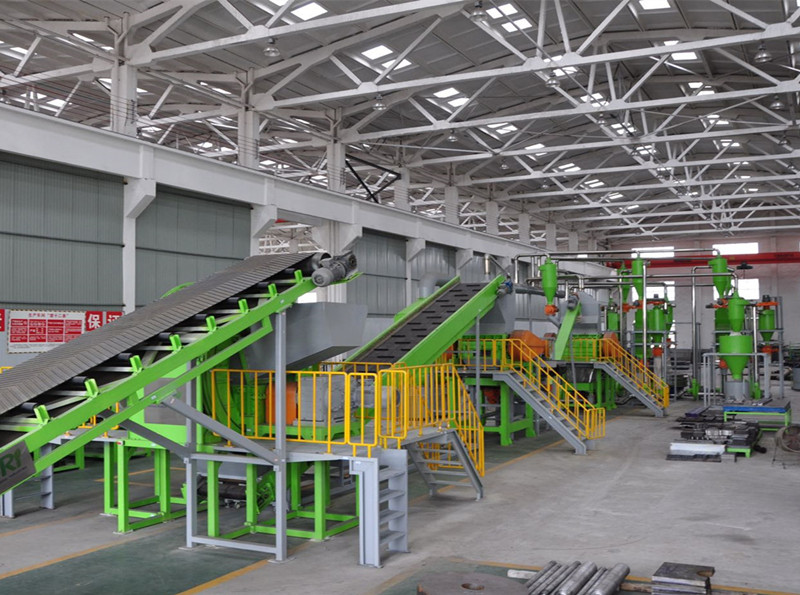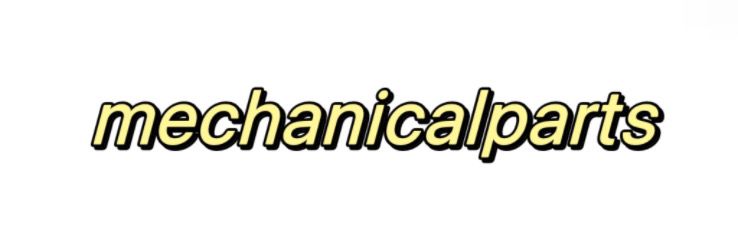Waste tire recycling equipment effectively controls "black pollution"
With the rapid growth of China's automobile industry, the country has become the world's second-largest tire producer, generating over 112 million waste tires annually, totaling approximately 3.2 million tons. This figure continues to rise at a double-digit rate each year. Such an increase contributes to the worsening of "black pollution," which further strains the already delicate ecological environment of the nation. The introduction of waste tire rubber powder equipment plays a crucial role in promoting environmental conservation and resource utilization in the country.
The advent of waste tire recycling equipment signifies a pivotal advancement in addressing the long-standing issue of "black pollution." This state-of-the-art machinery is engineered to maximize the effective utilization of waste tires, reducing their detrimental impact on the environment. Not only does tire rubber powder equipment align with the country’s initiative for a greener economy, but it also emphasizes the principle of "turning waste into treasure," thereby making substantial contributions to environmental sustainability and resource recovery.
Waste tire recycling equipment effectively controls "black pollution," and through the promotion of rubber powder equipment, the movement towards transforming waste tires into valuable resources is gaining momentum.
In today's rapidly evolving market economy, industrial development stands as a fundamental pillar. The green and environmentally friendly utilization of waste tires is emerging as a key area driving economic growth. Recent national policies indicate a strong commitment to stringent environmental protection and the support of waste resource recycling. This clarion call positions waste tire recycling equipment as a vital project that facilitates the transformation of waste tires into useful rubber powder, fostering a circular economy.

Despite recognition of the rubber powder recycling industry's potential, disparities in knowledge about the equipment and the rubber powder production process persist. The presence of unscrupulous manufacturers complicates market maturation, underscoring the need for informed investments in waste tire rubber powder projects rather than reckless financial commitments.
For those planning to establish a project centered on recycling waste tires into rubber powder, understanding each stage of production is crucial. This involves assessing the current market prices and supply of waste tires, identifying qualified manufacturers of waste tire recycling equipment, gathering quotes from different suppliers, and finally ensuring access to viable sales channels for the produced rubber particles. Addressing these inquiries provides clarity about the waste rubber recycling market, enabling strategic investment.
The prospects for the waste rubber powder and recycled rubber industry appear promising.
As a nation with substantial rubber demand, China currently meets only one-fourth of this requirement with domestic natural and synthetic rubber, necessitating extensive imports. Alongside this growing demand, the influx of waste tires and rubber products is also accelerating, with annual scrap tire volumes exceeding 3.5 million tons and escalating at a rate of 10% annually. If not addressed appropriately, much of this material becomes industrial waste, squandering valuable resources while exacerbating environmental pollution. Thus, the challenge of recycling rubber presents itself as an urgent imperative.
In recent years, the waste rubber processing and recycled rubber industry has witnessed significant development. The utilization of recycled materials is gaining traction across multiple sectors, including tire manufacturing, plastic running tracks, waterproof rolls, and conveyor belts. Incorporating rubber powder into natural rubber (with some products using up to 50%) enhances performance characteristics like fatigue resistance. Furthermore, international practices show that integrating fine rubber powder into tire products can improve wear resistance and extend tire lifespan. Consequently, the development of the reclaimed rubber industry acts as a way to alleviate environmental pollution, reduce production costs, and address the significant gap between domestic rubber supply and demand, paving the way for vast market opportunities.
The structure of the waste tire recycling equipment production line is key to its functionality.
By transforming waste rubber into valuable products, waste tire recycling equipment elevates the overall utility of rubber resources. For instance, after processing, waste rubber can serve as materials for playgrounds or rubber flooring. Understanding the components of a complete waste tire recycling line is essential.
This production line typically includes a tire wire drawing machine, tire cutting machine, tire shredder, steel wire separator, rubber particle machine, fiber separator, and tire grinder. Given the varying specifications and fineness requirements of different manufacturers, it’s imperative to conduct thorough investigations before making a purchase. Engaging manufacturers about specific requirements can lead to tailored equipment design and manufacturing for optimal results.
Previous
None
Next
None
If you are interested in sending in a Guest Blogger Submission,welcome to write for us!



Comments
0